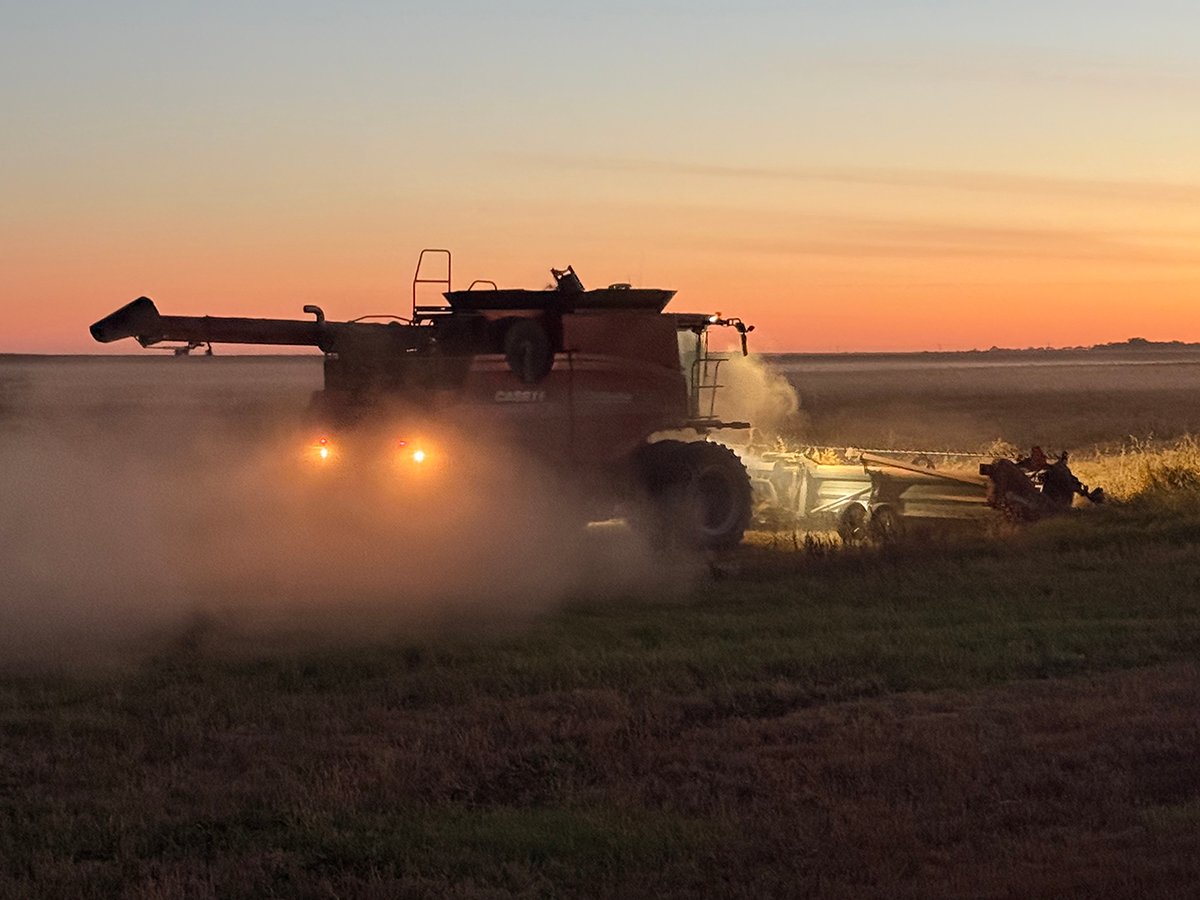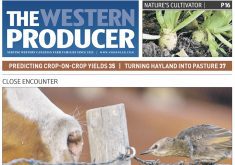For the next year, this column will mark The Western Producer’s 100th anniversary by taking a deep dive every week into a past issue of the paper.
This summer we published a story written by freelancer Becky Zimmer about efforts to control leafy spurge in a Saskatchewan pasture using leafy spurge beetles.
It’s not the first time the paper has written about this troublesome weed. I can think of several stories we have run over the years.
Read Also

Downturn in grain farm economics threatens to be long term
We might look back at this fall as the turning point in grain farm economics — the point where making money became really difficult.
However, advice on how to control leafy spurge pre-dates even me, as hard as that might be to believe.
The Nov. 13, 1947, issue of The Western Producer featured a comprehensive story about the weed and what to do about it.
They weren’t talking about beetles back then. Instead, the advice focused on cultivation and the as-yet-untested option of spraying with 2,4-D.
H.E. Woods, chair of the Manitoba Weeds Commission, told readers that leafy spurge was one of the hardest perennial weeds to eradicate and was becoming a problem in some parts of the Prairies.
He said intensive cultivation was found to be the best way to control it, while sheep grazing could work in places where the soil was too light.
Small and widely scattered patches were most easily eradicated with chemicals, Woods wrote, including sodium chlorate or Altacide.
Testing was underway on using 2,4-D to control perennial weeds, but he said it was too early to know for sure yet.
“Infestations soon become too large to profitably use the chemical option, and it becomes a cultivation job.”
Two photos taken near Wawanesa, Man., accompanied the story.
In one of them, a man in a heavily infested field bends over to look at the weeds.
The other photo is of two men standing in a cultivated field with this caption: “The picture above is a heavily infested field of leafy spurge. Because the patches were too numerous to spray economically, intensive cultivation of the field was made so that the field was always kept black.”
Weeds are still a problem today, but now we look for different solutions, such as pest-eating bugs.

















